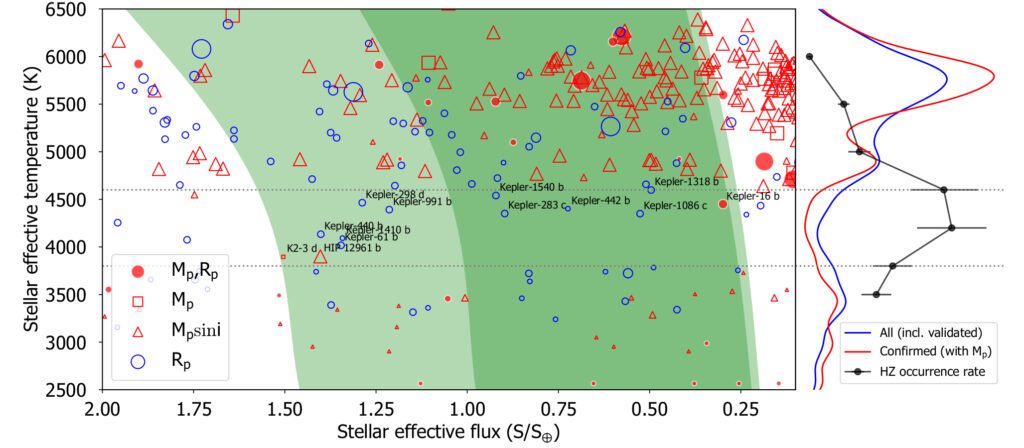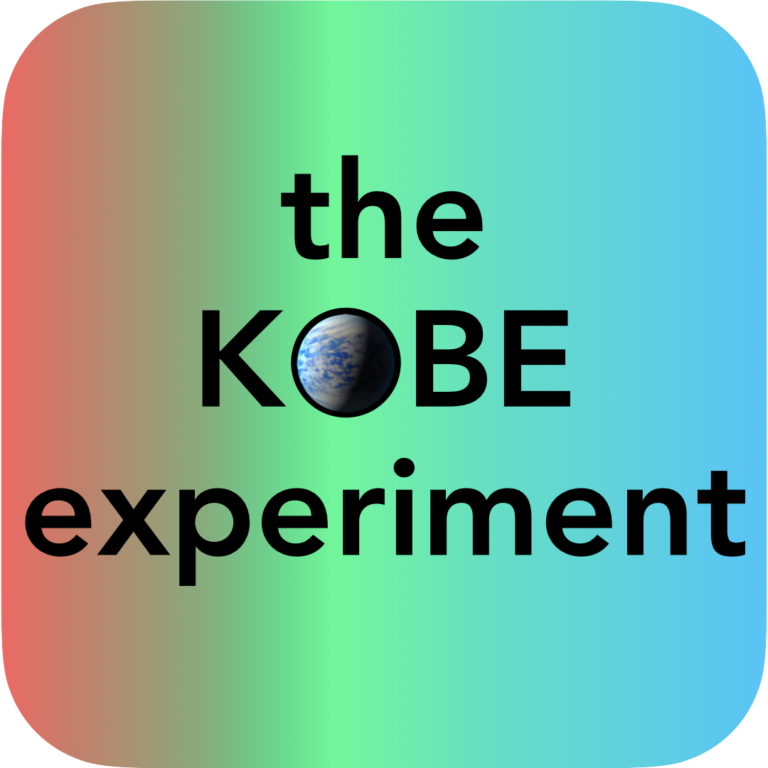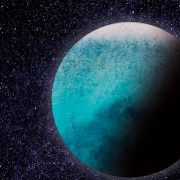The KOBE experiment (IP: Jorge Lillo-Box) is a legacy program selected by the Calar Alto Observatory to be developed between 2021-2025 with the CARMENES instrument for the search for habitable planets in late K-type stars. A total of 280 observing nights have been granted at the 3.5-meter telescope.

The detection of habitable worlds is one of humanity’s greatest endeavours. So far, astrobiological studies show that one of the most critical components to allow life development is liquid water. Its chemical properties and its capacity to dissolve and hence transport other substances makes this constituent a key piece in the development of life. As a consequence, looking for life as we known it is directly related to the search for liquid water. In this sense, the habitable zone of a star defines the range of distances from the star in which water could be in liquid state on the surface of a rocky world. Although basic and not unique (water might also be in liquid state in other circumstances, see for instance the Europa subsurface ocean) the habitable zone is a first step towards the search for life in other planetary systems. K-dwarf stars are the perfect hosts to search for planets in this range of distances. Contrary to G-dwarfs, the habitable zone is closer, thus making planet detection easier. And contrary to M-dwarfs, the stellar activity is much smaller, hence having a smaller impact in both the detectability and in the true habitability of the planet (e.g., strong flares might extinct life on the surface of a close planet). Also, K-dwarfs are the quietest in terms of oscillations, and granulation noise, which is an advantage to discover small plantes. Despite this, there is a desert of planets in the habitable zone of K-dwarfs due to a lack of observing programs devoted to this parameter space. Calar Alto with the KOBE has already taken the international lead in this field by providing the first dedicated and systematic search for habitable planets around K-dwarfs. The KOBE project is sampling 50 carefully pre-selected K-dwarfs to monitor their radial velocity with CARMENES along 5 semesters with an average of 90 data points per target, thus requiring 35 nights per semester. This ambitious but feasible experiment will detect between 15-40 new planets (complete down to 10 Earth masses), providing a great legacy to habitability studies and outstanding targets for further analysis with forthcoming space and ground-based instrumentation like JWST. KOBE is filling a key gap in our search for life outside of the Solar System.








